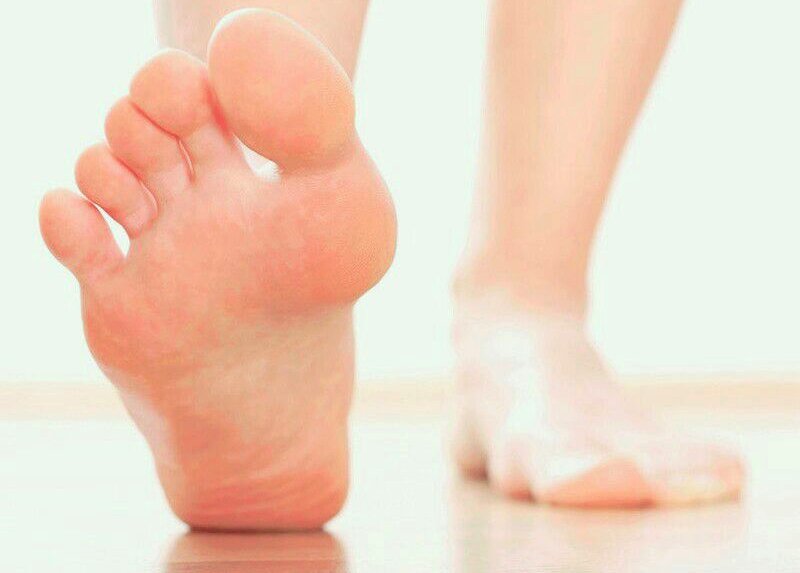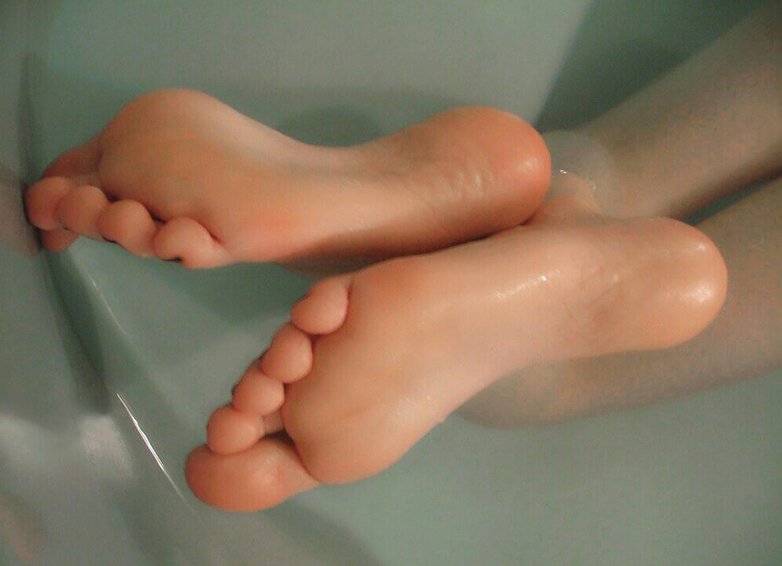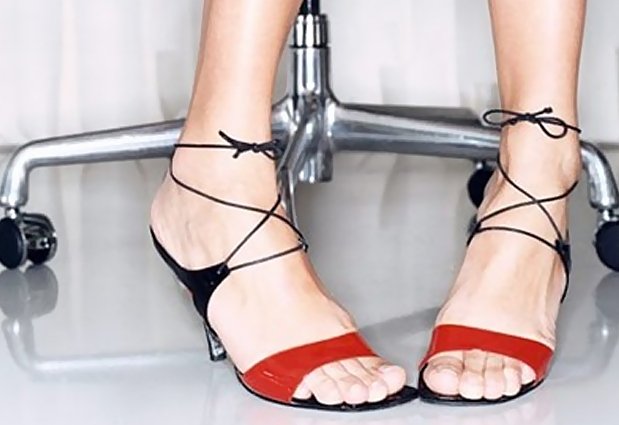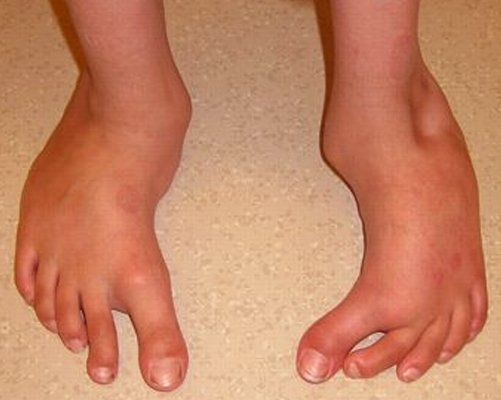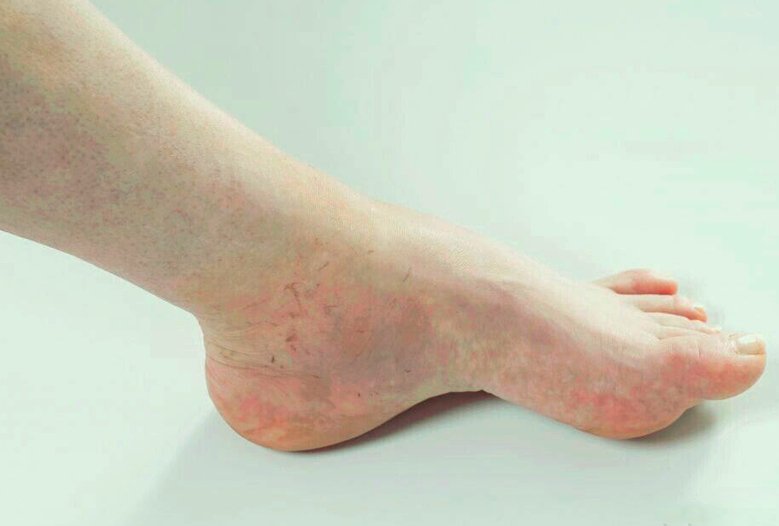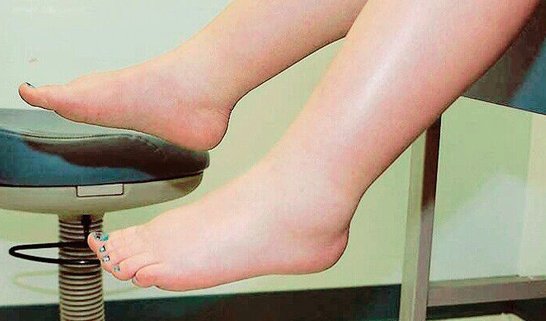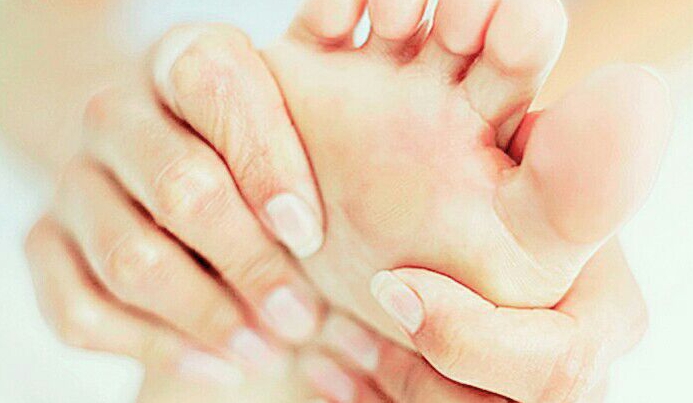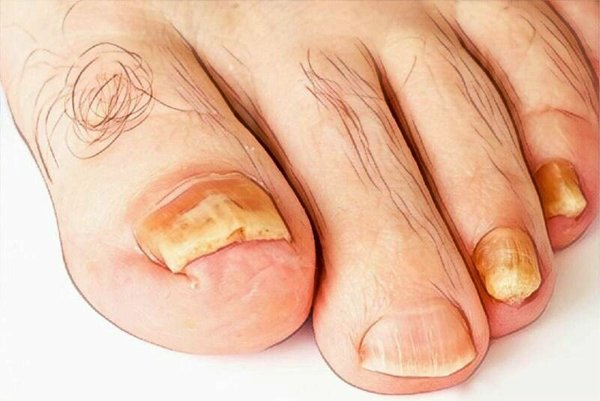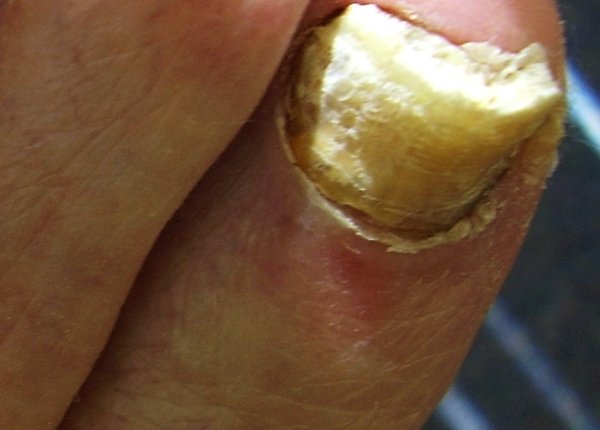Discolored Toenails
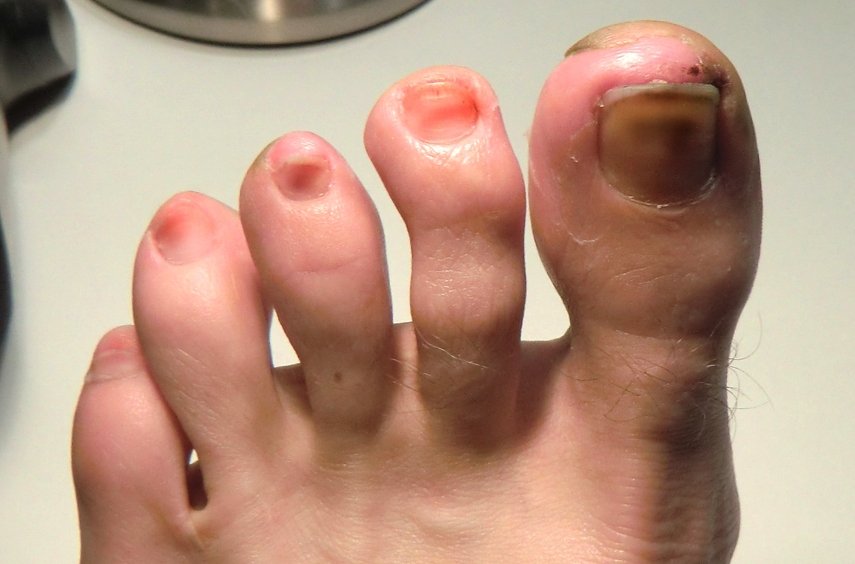
Discolored toenails may occur for several different reasons, some of which are harmless, while the others can point out to some severe disorders. The part of the toenail that we see (nail plate) is composed mostly of mature, dead skin cells, beneath which is the layer called matrix, containing the living cells which constantly reproduce. The growth speed of the toenails is more than two times slower than the growth speed of the fingernails, and it has been estimated to about 1.5 mm per month. The color of the toenail plate is normally somewhere between reddish and yellow, but due to some causes, they can become extremely yellow, white, black, brown, red, blue, or even green. Toenails can even change color due to some medical conditions. Here are some of the most common causes for each of these cases so you can have a general sense of what discolored toenails indicate.
Causes of Toenail Discoloration
Injury
Toe injury can sometimes affect the nail plates and cause damage to the nail matrix blood vessels located beneath the toe plate. This is the place where nerve endings and pain receptors are also present. These are so called “slow C nerve fibers”, named by their slow impulse conductivity. You have surely experienced toe injury and you have probably noticed that the pain appears after a few seconds. The slow nerve fibers are responsible for that delay. Anyway, if the blood vessels are injured the blood is getting accumulated beneath the nail plate, thus producing a subungual hematoma. The color of the injured toenails usually becomes purple, blue, or even black. These kind of injuries are common from running or walking in uncomfortable and tight shoes. Injuries of toes and toenails can have very severe consequences in patients suffering from diabetes mellitus, as they have decreased sensibility in their feet and toes. Injuries can also occur in a toddler, as toddlers often drop things, which fall right on their feet and toes.
Fungal Infections
Infections of the toenails are not rare, and they can be caused by bacteria or fungi. Fungal infections of the toenails (Onychomycosis) are the most common, and they usually affect older persons or persons with poor hygiene of the feet. Also, immunocompromised persons, such as those with progressive HIV infection (AIDS) are at high risk of developing fungal infections. They are manifested as yellow or white discoloration of one or more toenails, usually with changes in their shape and consistency. Toenails can become fragile and develop ridges on their edges. The bad smell of the feet is one of the most common indicators that there might be a fungal infection. The most common types of fungi causing toenail infections are Trichophyton rubrum and fungi from Candida family.
Bacterial Infections
Infections caused by the bacteria are not that common, but they are usually opportunistic, which means that they appear on top of some other disorder of the toenail or the surrounding tissue. For example, ingrown toenail damages the soft tissue and may cause its infection caused by different bacteria, most commonly Pseudomonas aeruginosa, Klebsiella spp., and Staphylococcus aureus. Pseudomonas infection is the most easily noticed, as it causes the toenails to discolor in various nuances from green to black. Staphylococcus can cause yellow or orange discoloration of the toenails.
After Nail Polish
Yellow discoloration of the toenails can occur after nail polish. This happens very often, especially with low quality synthetic nail polish formulation. Luckily, this is only a temporary condition, and the toenails will regain their normal color within a few weeks.
Melanoma
Melanoma is a tumor of the melanocytes, the cells which produce dark skin pigment called melanin. As melanoma can affect any part of the skin, it is logical that it can also appear under the toenails and fingernails, in which case it is called subungual melanoma. This condition causes brown or black discoloration of the toenail and it is very often mixed up with hematoma, especially if there is a history of toenail injury. However, with time, hematoma always subsides, while melanoma can progress, destruct the nail plate or the surrounding structures, and give metastases. Therefore, a brown or black toenail discoloration which lasts for more than several weeks without signs of subsiding can be a sign of cancer.
Other Causes
Toenail discoloration can also be caused by various other factors including vitamin deficiency, aging, and hormonal imbalance, especially the disturbance in thyroid hormones.
How to Treat Discolored Toenails?
 The treatment of the discolored toenails depends on the cause of the discoloration. Most of the toenail injuries with hematoma causing discoloration will resolve without medical help. However, if there is a repetitive injury which hurts the damaged nail over and over, the recovery can be prolonged. In those cases, it is recommended to protect the injured toes with adhesive bandages, especially while wearing shoes. Surgical interventions are sometimes needed in order to remove the severely damaged parts of the toes, which often occurs in persons with unmanaged diabetes.
The treatment of the discolored toenails depends on the cause of the discoloration. Most of the toenail injuries with hematoma causing discoloration will resolve without medical help. However, if there is a repetitive injury which hurts the damaged nail over and over, the recovery can be prolonged. In those cases, it is recommended to protect the injured toes with adhesive bandages, especially while wearing shoes. Surgical interventions are sometimes needed in order to remove the severely damaged parts of the toes, which often occurs in persons with unmanaged diabetes.
Fungal infections are usually treated with antifungal medications and increased level of feet hygiene. In some susceptible individuals, these fungal infections of the toenails and surrounding tissues can reoccur for no obvious reasons. In those cases, the disturbed pH (acidity level) on the surface of the skin is probably responsible for recurrent fungal infections.
For bacterial infections of the toenails, topical and oral antibiotics are commonly used. Topical creams often contain a combination of antibiotics and corticosteroids, in order to kill the bacteria and decrease the inflammatory process at the same time. Not all antibiotics will work against all types of bacteria, so please consult your doctor about the appropriate choice. Oral and topical antibiotics and corticosteroids are not allowed during pregnancy, unless your doctor decides differently.
Subungual melanoma is treated surgically. Depending on the stage of the tumor, your doctor may also suggest chemotherapy and/or radiation therapy.
Home Remedies
Some natural remedies can help you resolve the problem of toenail discoloration, without the need to use synthetic substances.
- Tea tree oil is well-known for its anti-fungal effects. Apply this oil 2-3 times a day to the infected nails, and you will notice the improvement very soon.
- Apple cider vinegar is also beneficial when fungi attack your feet. The best approach is to soak your feet in the water solution of apple cider vinegar, every night before sleep. Be sure to dry your feet well after this, as dry skin prevents the growth of fungi.
- Soaking your feet in warm water with several teaspoons of sea salt added, can be beneficial to relieve the pain after toenail injuries and to speed up the elimination of hematoma.
When to See a Doctor
Severe toenail injuries with open wounds and intense, painful swelling of the surrounding soft tissue require medical management. For simple fungal infections, you can first try some of the above mentioned natural remedies, but for advanced fungal or bacterial infections with inflammation and constant pain, please contact your doctor in order to perform a detailed assessment and to make a treatment plan. If you notice brown or black discoloration in the basis of your toenail which is painless and does not seem to be caused by an injury, be sure to visit your dermatologist, as this may be the first manifestation of subungual melanoma. Hematoma may look similar, but it usually migrates towards the tip of the toenail and becomes smaller within a few weeks, which is not the case with melanoma.
